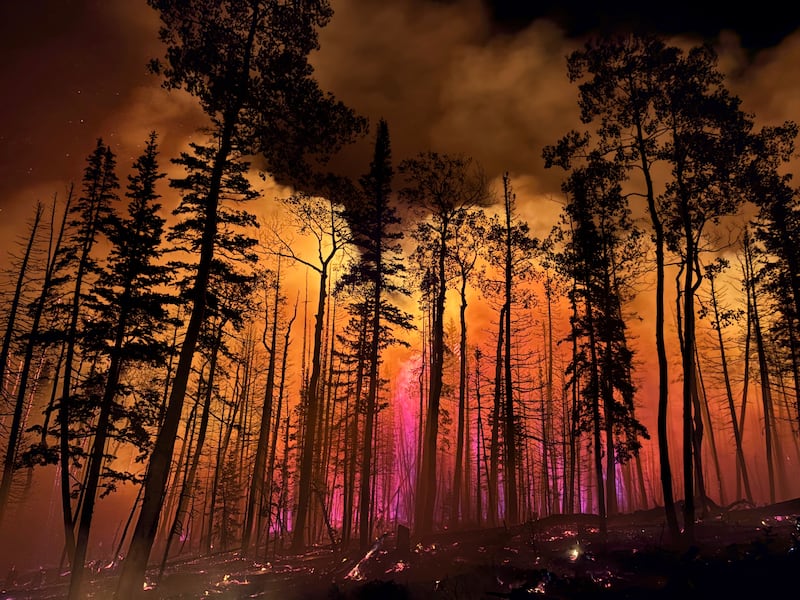Five rural counties in Utah are demanding change in federal management of forests in the wake of the rampant wildfires this year.
One only needs to look at the Monroe Canyon fire near Richfield, which is among the biggest wildfires in the United States, to underscore the reality of what is happening in the West.
Landscapes are charred and evacuations are becoming more commonplace.
Some elected officials in Utah are saying “no more” and assert land management needs a different approach.
“I think in the past we have over managed our forests and currently we are in an under-management cycle. We need to return to a balanced practice,” said Kane County Commissioner Celeste Meyeres.
She has been a critical player in this effort.
On Friday, the five-county Southwest group through the Association of Governments adopted a wildfire resolution to emphasize their concerns.
It reads: “Beaver, Garfield, Iron, Kane and Washington have all suffered either direct or indirect damage to local economies, cultures, history and heritage due to decades of forests being under-managed, leading to devastating fires, and other losses.”
The resolution calls for a number of actions that include maintaining tree density and diversity, as well as the clearing of vegetation that can act as a tinderbox for fires in a state burdened with drought.
Some other demands include:
• Conservation in tandem with harvesting
• Multi-use development of resources; timber, minerals, recreation, water, grazing and wildlife
• Prescribed burns as safe and necessary for healthy forests
In July, Utah Gov. Spencer Cox declared a state of emergency due to the prolific wildfire season, a move that will provide critical assistance to impacted communities.
Cox said the cost of fighting fires in Utah so far this year has easily eclipsed more than $1 million, and more expenses are anticipated as the fire season is far from over and crews will have to spend considerable time, effort and money to mop up the aftermath.
Officials are already seeing the impacts to forested lands in Utah and other states when it comes to wildlife habitat. Eventually, erosion will become a growing nightmare.
They fear it is only going to get worse, with the impacts surpassing what was witnessed last season, and it is only August.
Meyeres said it will take a collective, disciplined approach to how lands are managed to mitigate these fire risks.
“We need to be careful,” she said. “But we all play in our respective camps where winner takes all and it is a zero sum game. There needs to be judicious and careful balance.”
The goal is to get everyone talking about the risks in an increasingly arid West, she said.
“Nothing is off the table. We should come together and put our egos aside.”
Wildfires are creeping into all areas of the state, demanding proactive approaches among multiple agencies.
The Utah Division of Forestry, Fire and State Lands is paying particular attention to wildfire risks in the Wasatch canyons, conducting an on-the-ground survey to determine what can be done to mitigate the problem and keep people safe.


